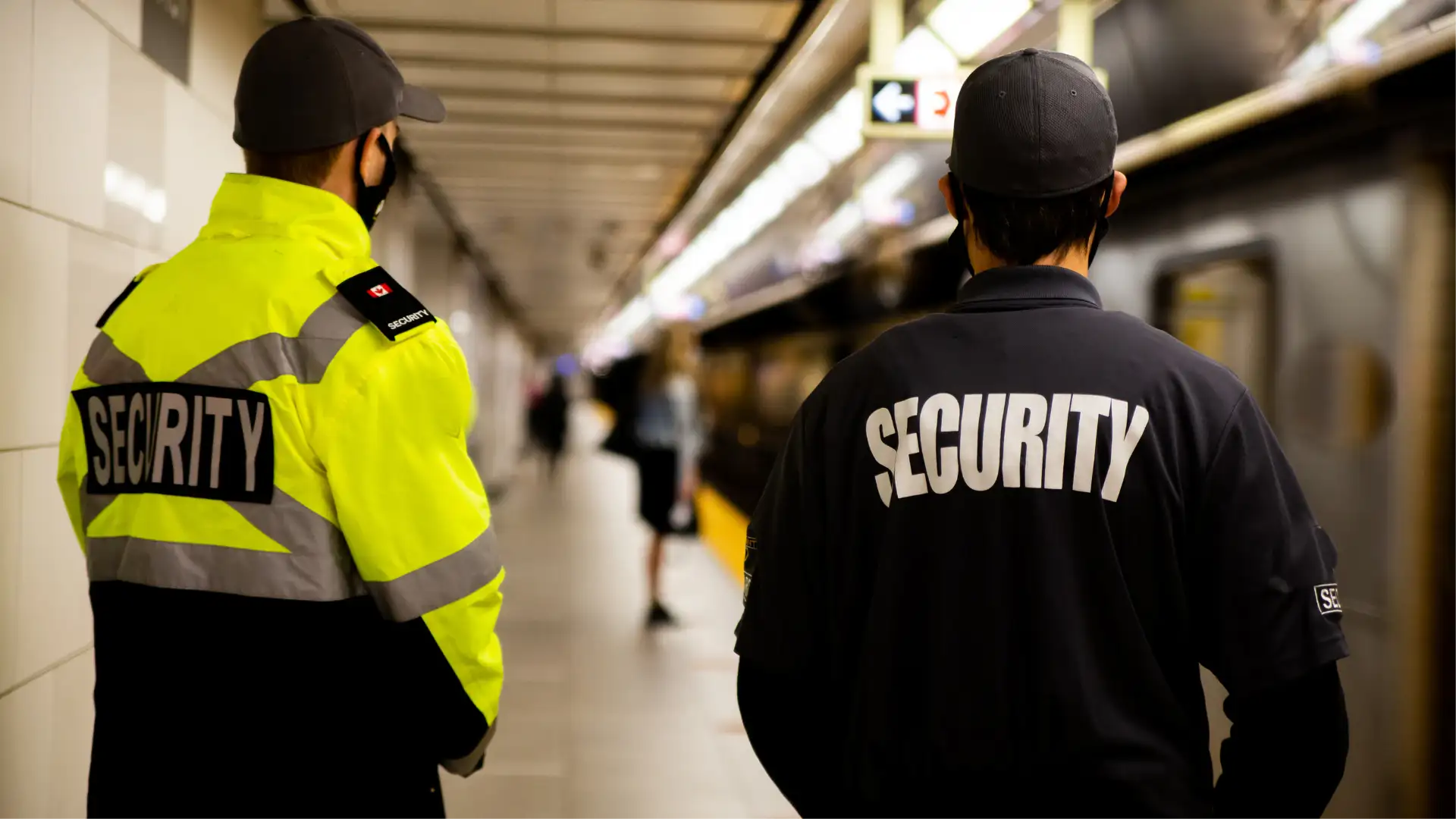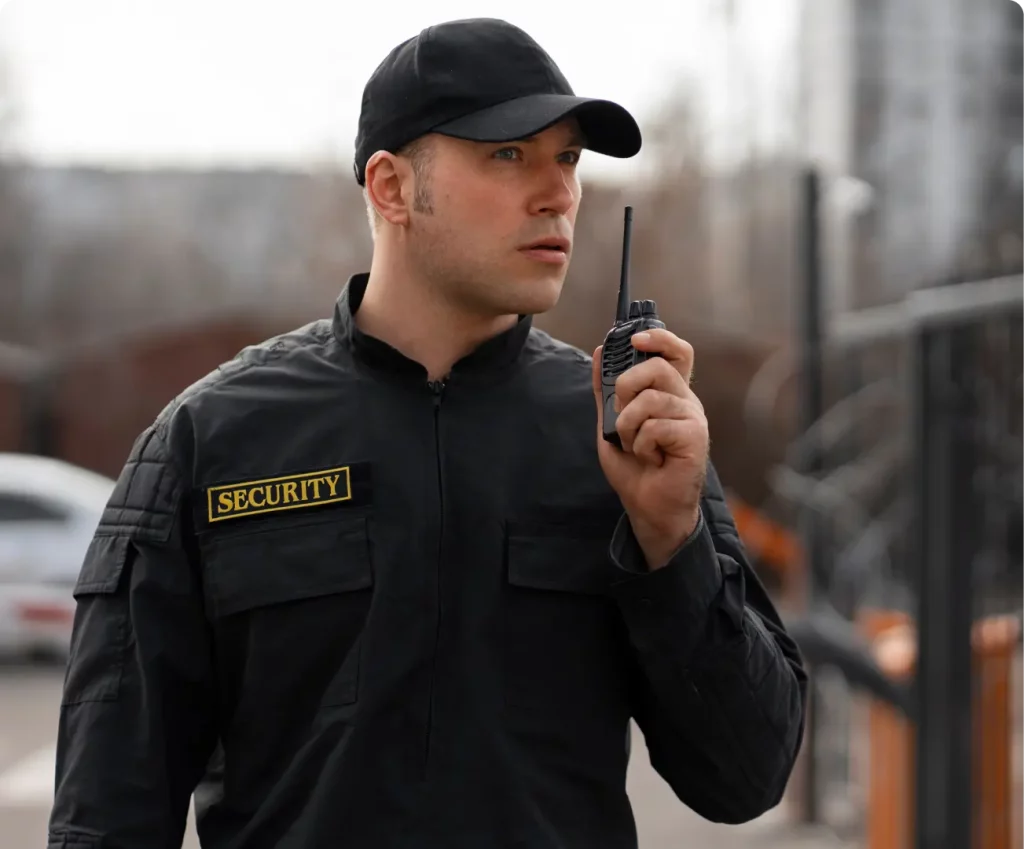Introduction
Managing a crowd and spectators can be demanding and time-consuming. A single incident can swiftly turn a crowd that initially appears calm into turmoil. Event stewards must ensure that they are ready to handle it. Because crowds can be so unpredictable, it needs to be carefully managed.
This management is your responsibility as the event steward. Whether it’s a sporting event, music festival, or fair, event stewards have a legal responsibility to protect the audiences’ safety as much as is reasonably practical. Depending on the scope of the event, event stewards may be able to assign some tasks related to crowd control to staff members or outside vendors. Still, as an event steward, you are ultimately responsible for maintaining public safety.

Pre-Event Planning
Event Organisers should consider crowd safety even before selecting a location for their event. In selecting the safest, most suitable venue for your event, take into account the following aspects in the early phases of planning:
1. Expected Turnout
Forecast the number of attendees you expect by considering variables like advance ticket sales, attendance at past events, and the proposed level of exposure. Always be prepared to host more guests than you had planned.
2. Types of Visitors
When making planning choices, consider the expected demographics of the spectators. For instance, will the majority of the audience be older folks who could require specific accommodations?
3. Transportation System
Analyse the transportation system in the vicinity of the chosen venue to see if it can accommodate the anticipated number of spectators.
4. Venue Suitability
Take note of the venue’s maximum capacity and compare it to that number to see if your event can accommodate it. Are there adequate restrooms, first aid stations, entrances, and exits?
5. Excess Spectators
Create a plan of action for handling a packed venue to prevent a catastrophe. Avoid being taken by surprise by an unanticipatedly large and possibly tense crowd.
6. Previous Information
Utilise your understanding of prior occurrences by drawing lessons from them. Consider adding extra security for a gathering with a history of the disorder.
Planning for an Event
Long before the event itself, crowd and spectator safety should be managed. Event stewards can reduce the risks, the earlier they plan and identify them. Avoid planning just general event preparation and then thinking about crowd and spectator safety management; instead, plan them simultaneously.
Assess Event’s Risk
Once a location has been selected, thoroughly consider the objectives of the event and look for any potential risks that could endanger the staff, volunteers, attendees, or the general public.
According to UK legislation, you must do a risk assessment to determine what safety measures you should take. You can obtain comprehensive instructions on conducting a risk assessment by enrolling in a stewarding course.
Get your Legal SIA Licence by signing up for our SIA Security courses
Security Courses
Book NowRated Excellent
on major review sites

Crowd Hazards
There are too many crowd safety issues for event planners to cover here fully. Instead, use the following example of a crowd-specific risk to begin identifying potential risks for your event:
- Crashing into other individuals
- Crashing against stationary objects like barricades
- Surging, swinging, or rushing
- Trampling underfoot
- Aggressive behaviour, especially amongst groups of opposing supporters
- Risky behaviour, such as scaling items, sprinting down steep inclines or hurling objects
- Individuals becoming entrapped, such as wheelchair users in a vast gathering
- Drunk and disorderly bystanders
Venue Hazards
- Slipping or tripping due to dim lighting or poorly maintained floors
- moving vehicles sharing a pedestrian’s path
- structural collapse, such as the falling of a fence or barrier
- obstructions that slow down traffic
- malfunction of equipment, such as turnstiles; andPoorly designed lines impede crowd movement and cause crossflows as people cut through the crowd to get to other locations.
Early Planning is Successful Planning
To ensure an event’s success and become an event steward, enrol in a Spectator Safety course as soon as feasible. Our stewarding course is taught by experienced instructors who have a wealth of information and tools to teach you about monitoring spectators and dealing with crowd problems.




